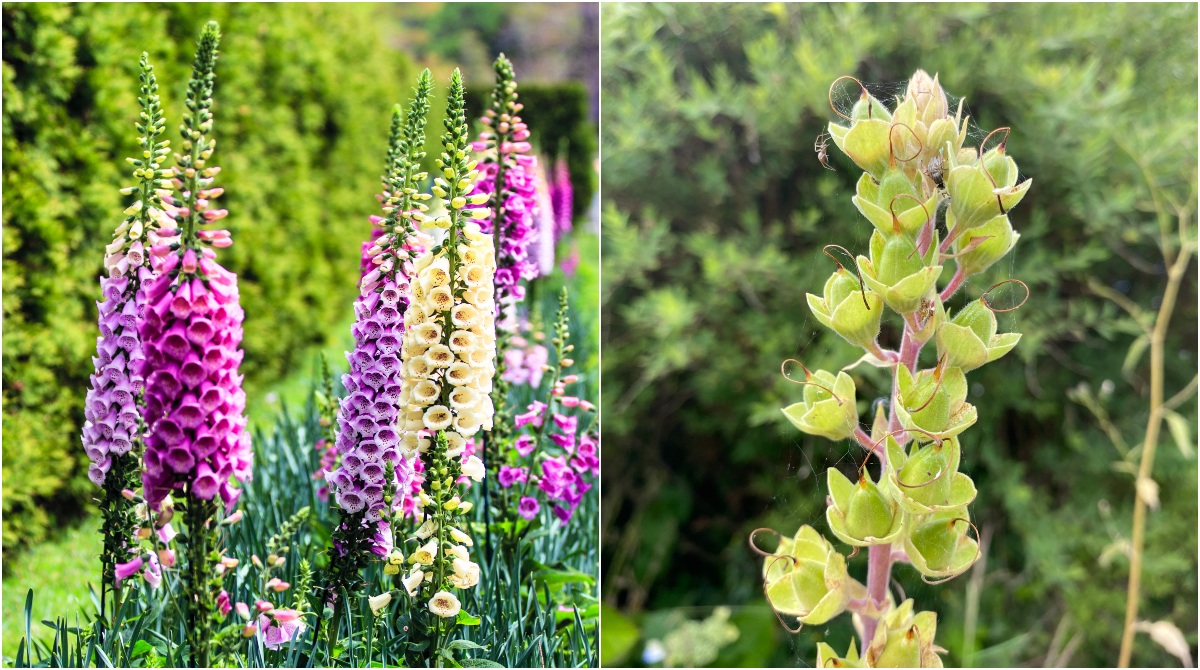
We love Foxgloves for their towers of flowers for weeks on end through late spring and early summer.
Spotted, speckled, and dazzling varieties of Foxgloves are naturally biennial.
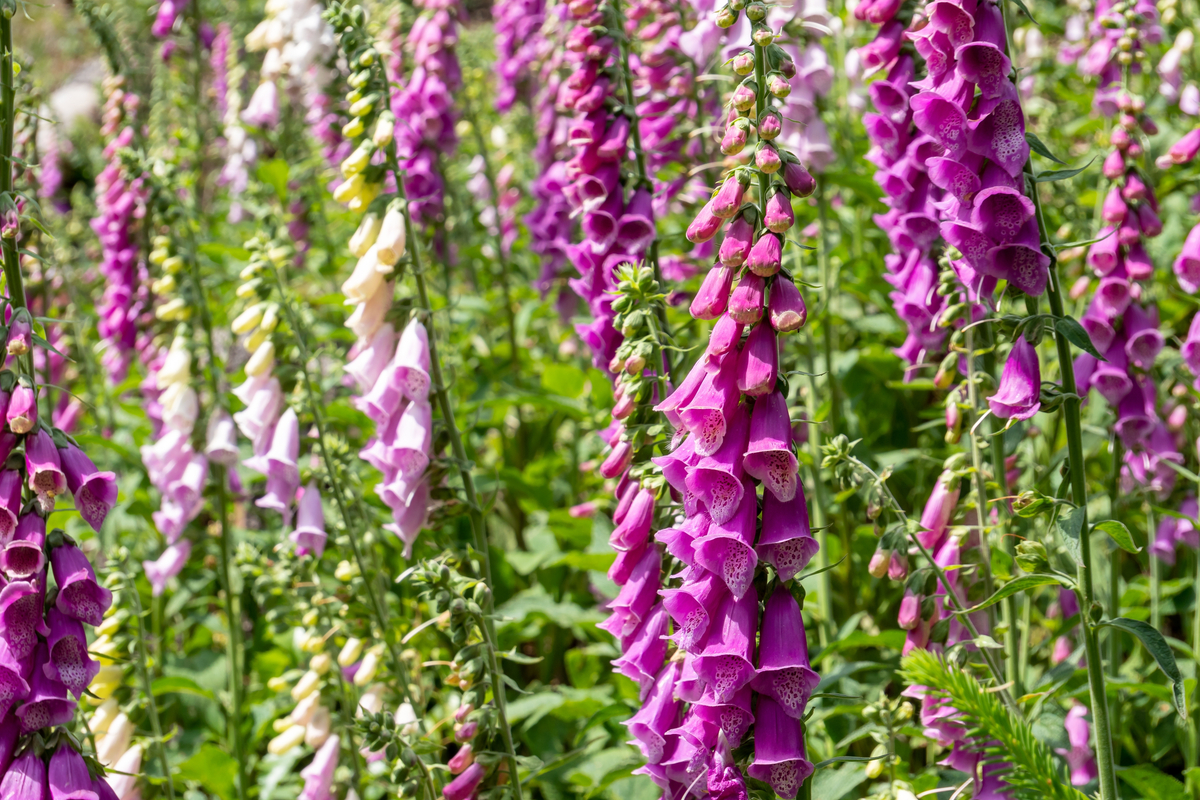
Foxgloves grow in a mounding rosette of leaves in year one followed by tall spires of tubular flowers in the second spring.
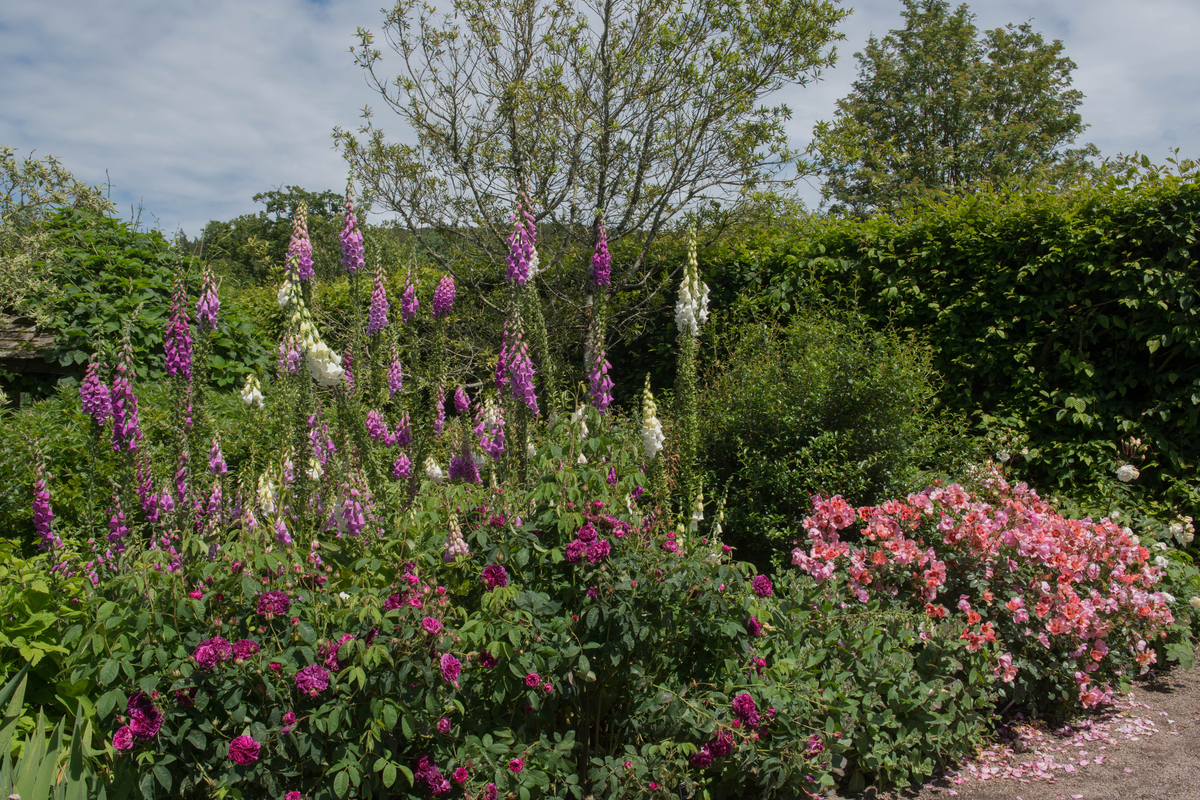
While some Foxglove cultivars may bloom in their first season, many Foxglove (Digitalis purpurea) species grow as reliable biennial plants.
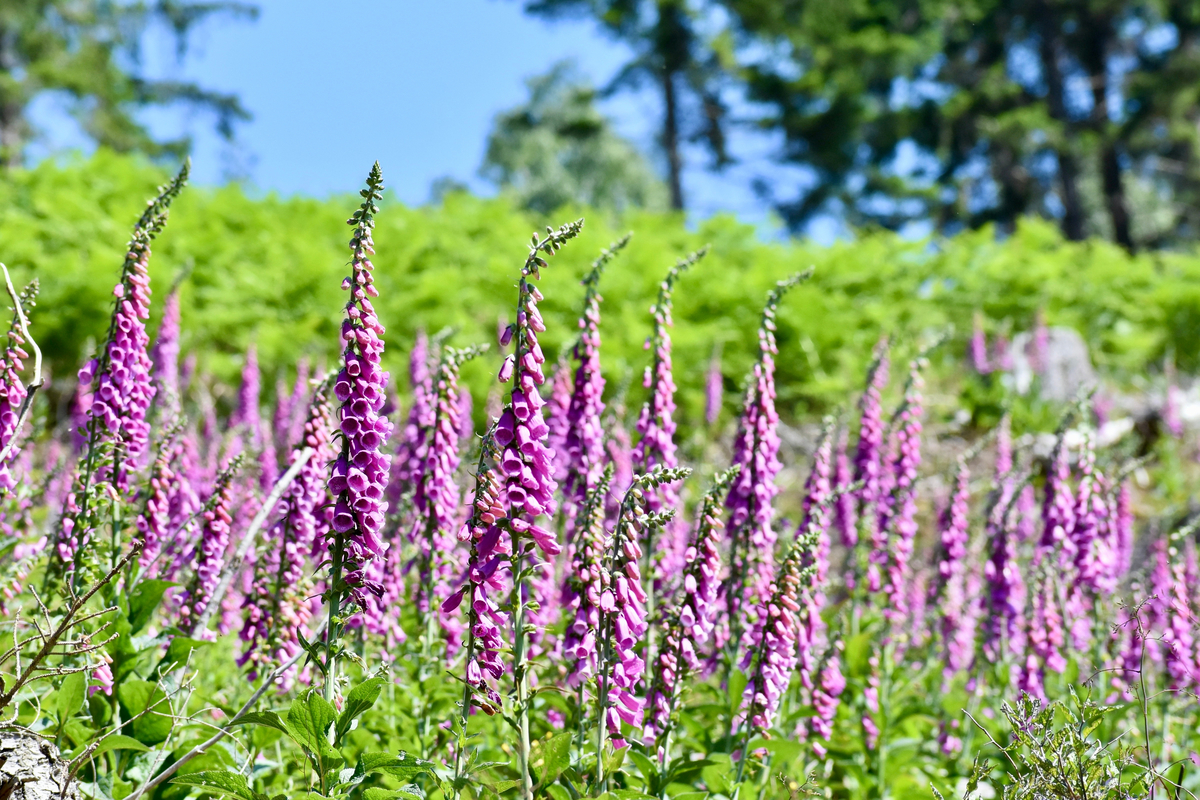
Foxgloves are plants that readily reseed themselves. When planted two years in a row, a naturalized colony of Foxglove may develop.
In fact, one Foxglove plant can produce 1 to 2 million seeds. Notably, in areas of the west coast and New England US, Foxglove is on the invasive plant list.
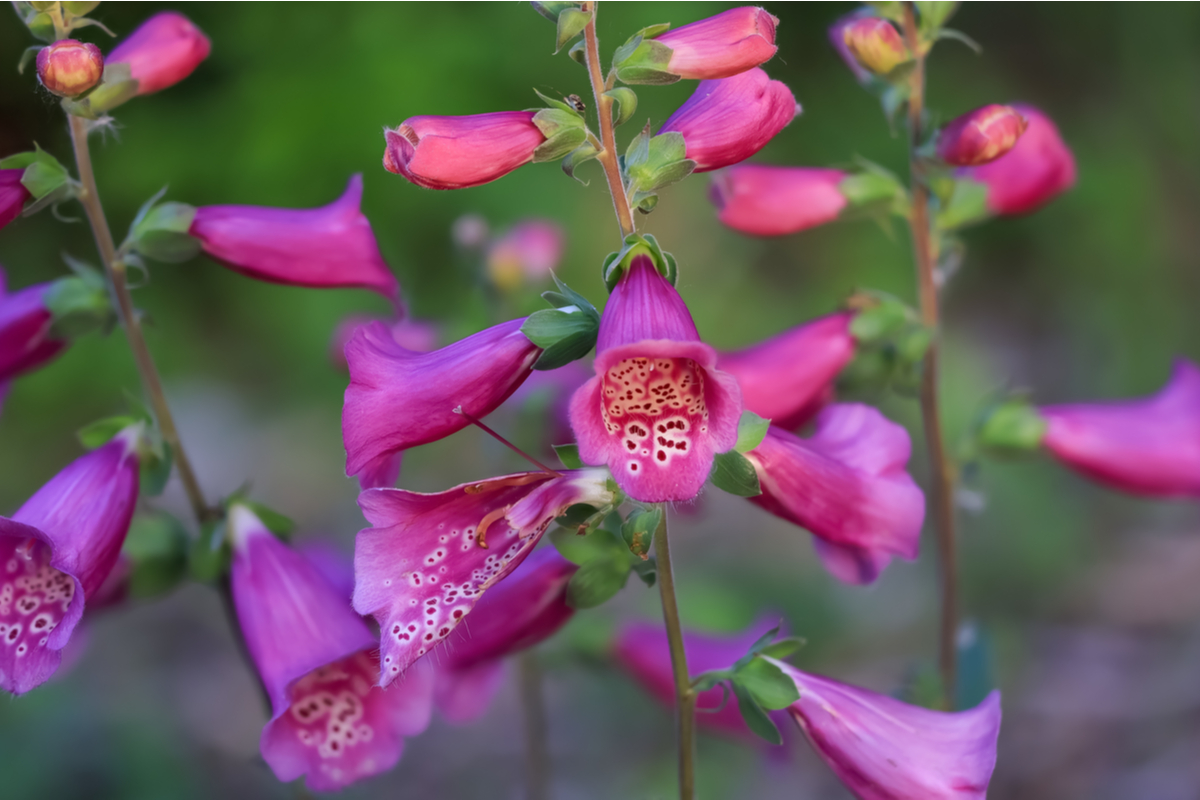
Deadheading is one way to prevent flowers from producing seeds. In the case of Foxgloves, this can sometimes be a good idea.
A favorite deer-resistant perennial, Foxgloves are also a fantastic addition to your cottage garden ideas.
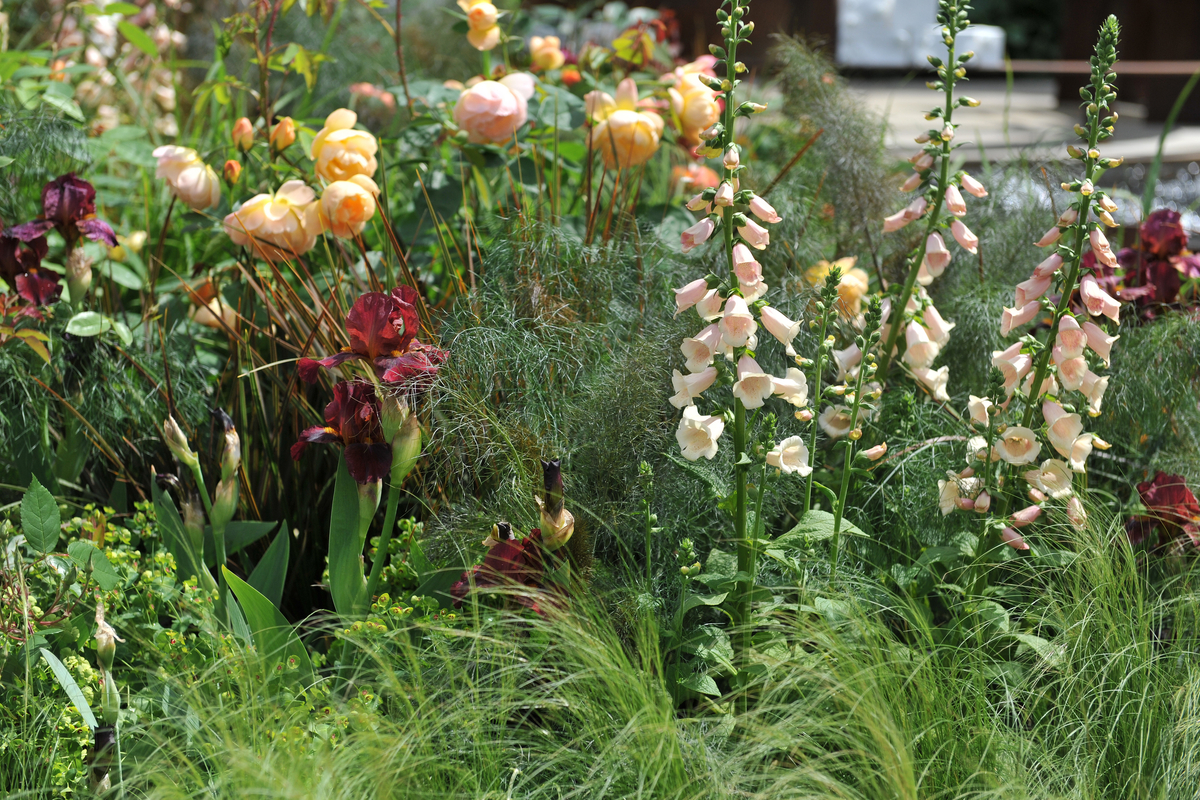
Like some other tall, towering perennials including Delphinium and Monkshood, Foxgloves are also poisonous.
We love the wildflower look of Foxgloves with their spotted landing pad for bees and butterflies.
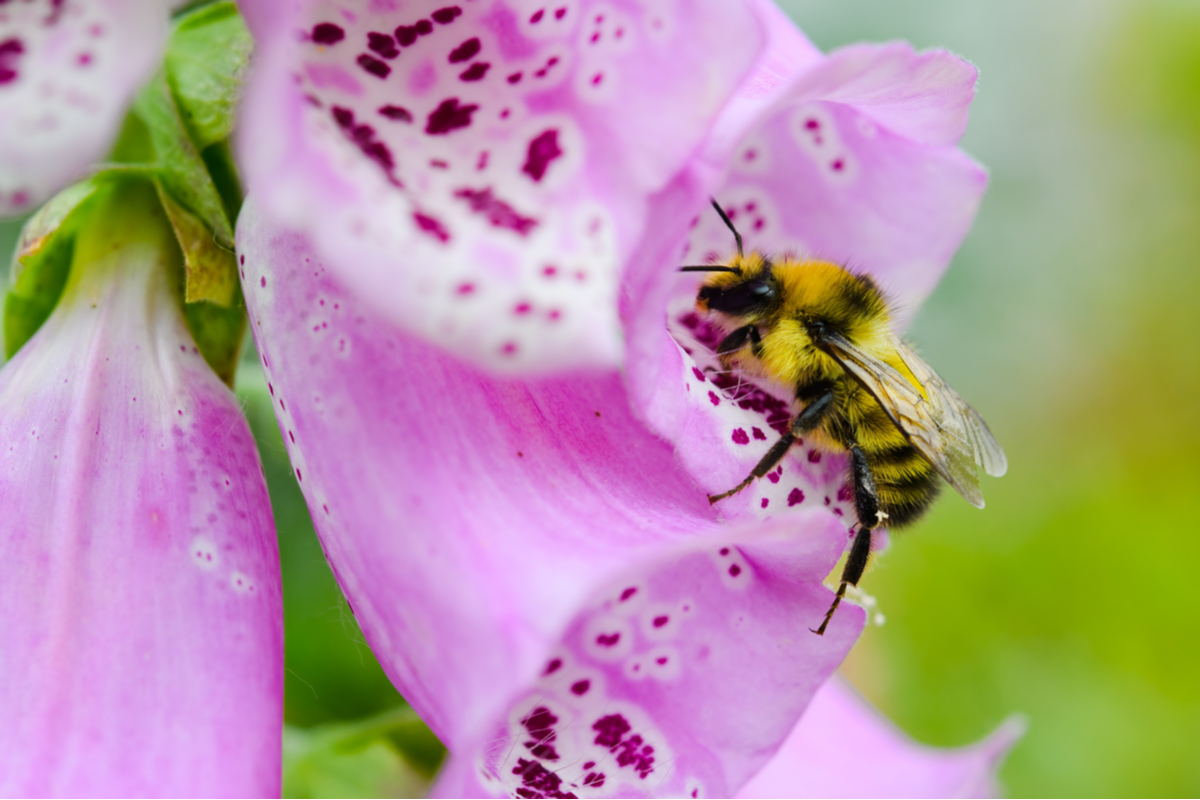
The range of blossoms is spectacular as well, with bicolor, speckled, and solid flowers in peach, cream, coral, violet, purple, red, yellow, and white.
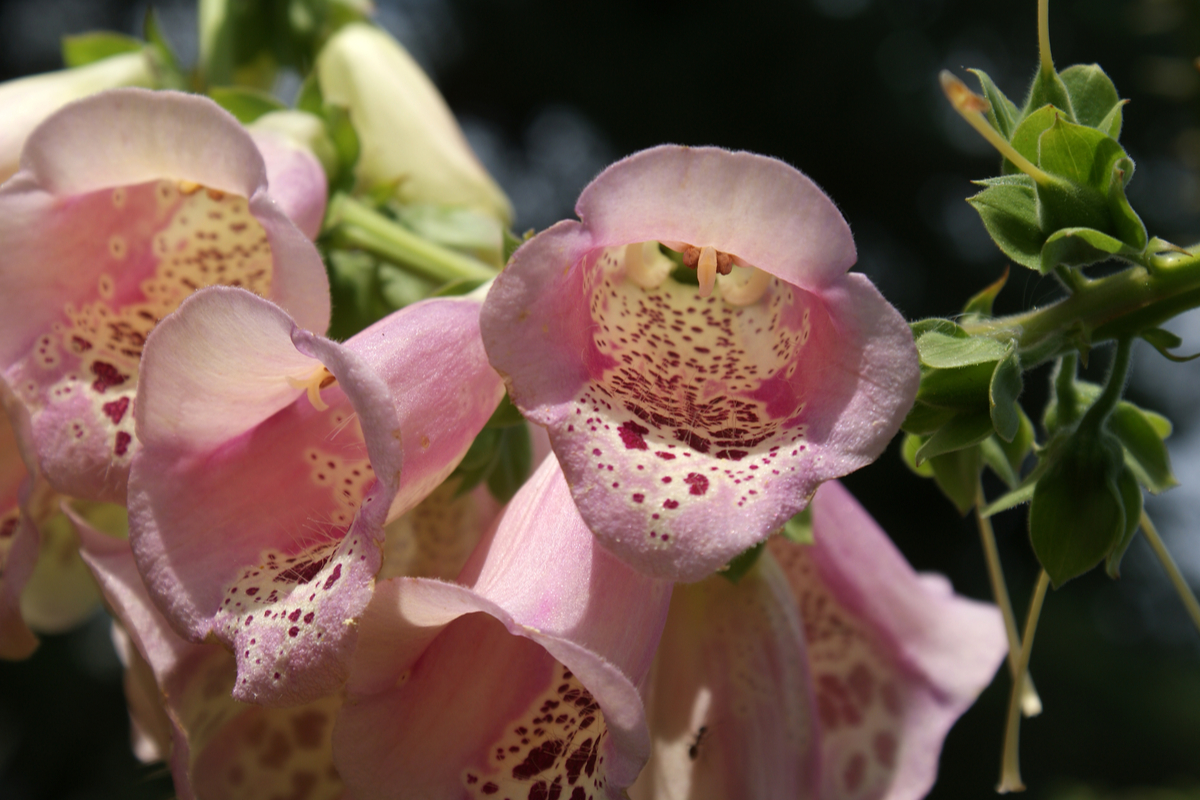
Foxglove also makes our list of favorite pink perennials, and they have flower options for every pink garden enthusiast.
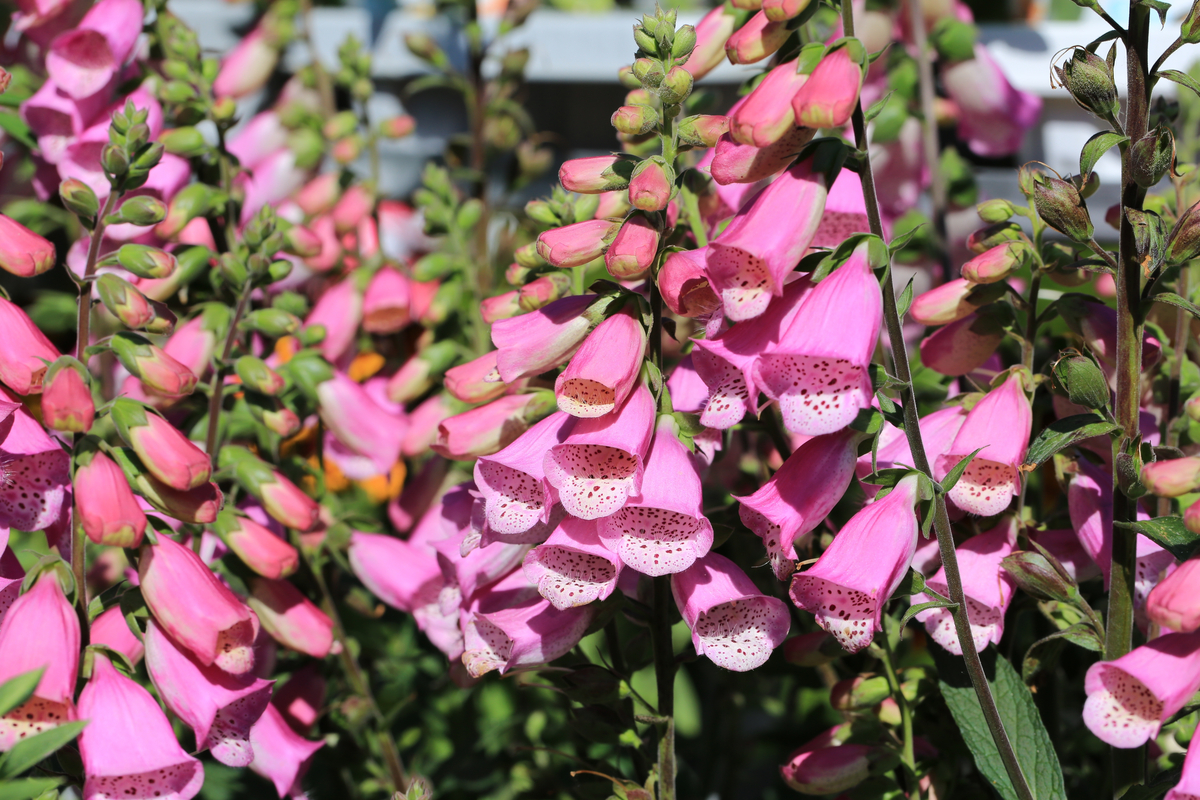
A shade-loving flower, Foxglove will fancy up any shady border and thrives in wildflower gardens in shady spots.
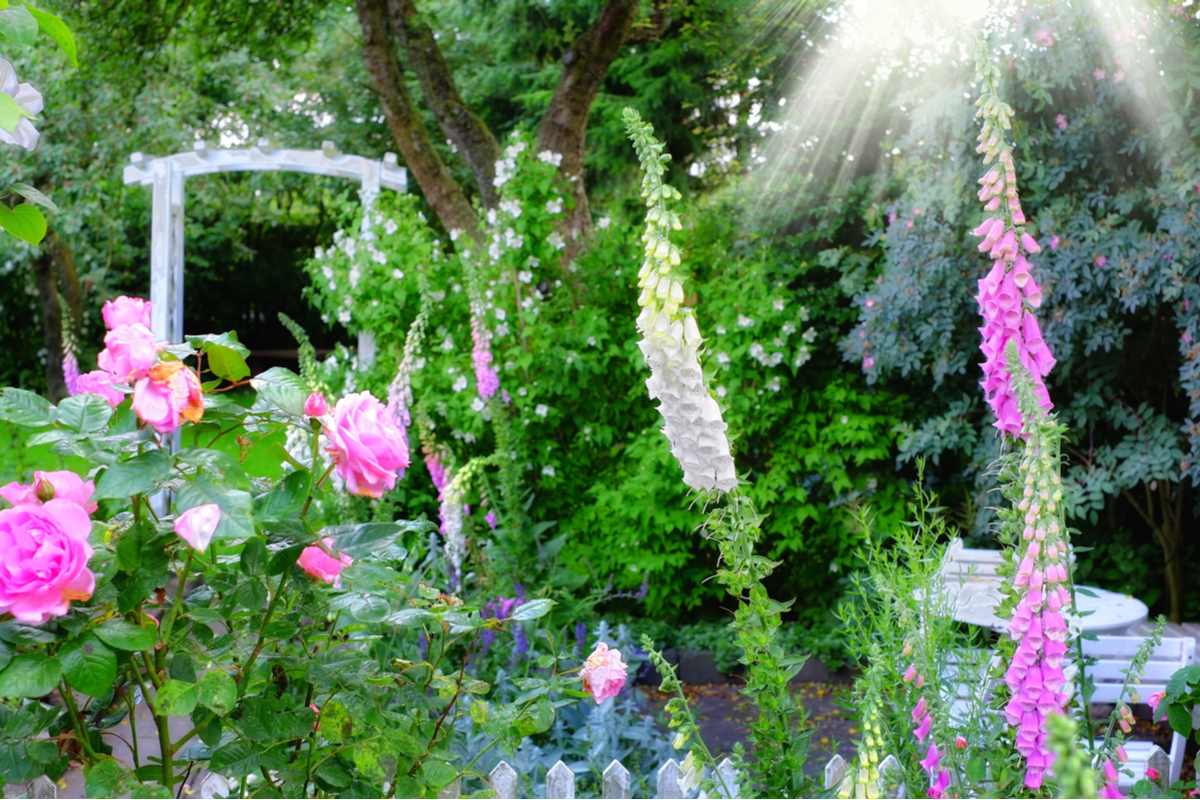
What To Do With Foxgloves After Flowering
Oh, the choices we gardeners face! There are two distinct routes of what to do with Foxgloves when they finish flowering.
Route #1: Spread the Foxglove Love!
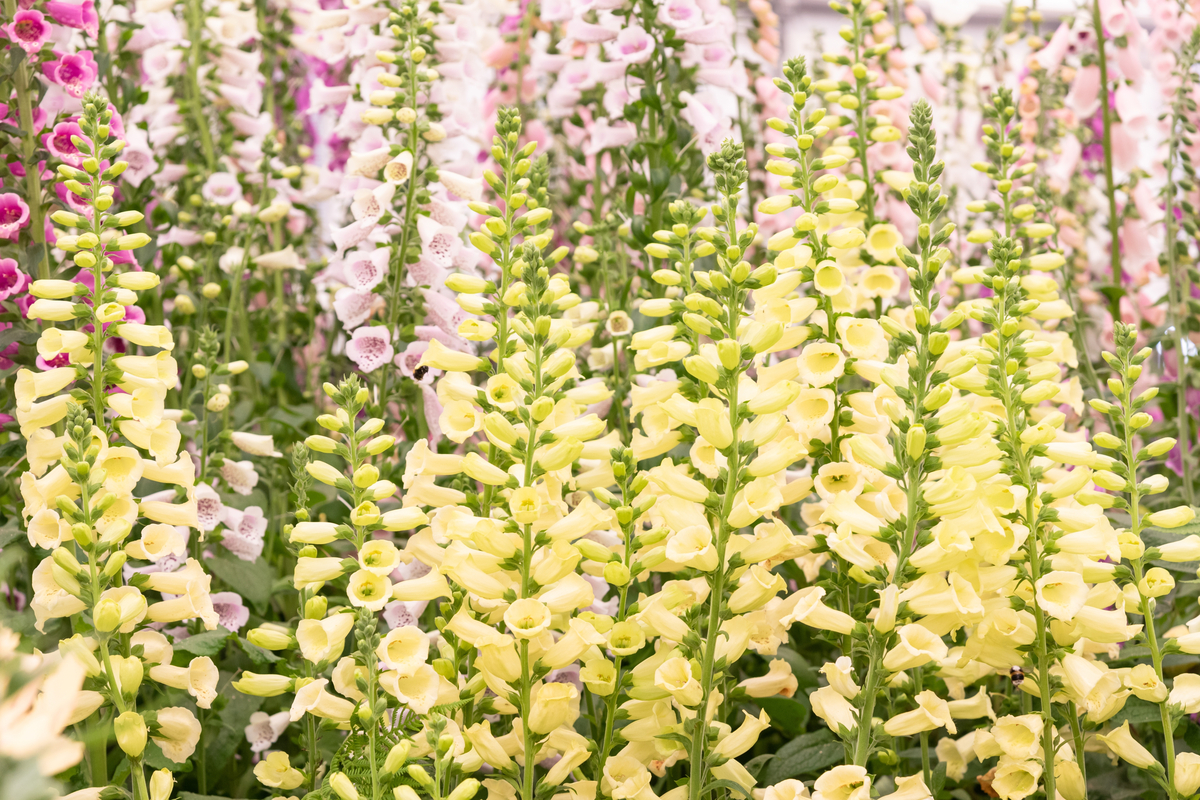
Let Foxglove reseed and form colonies throughout the garden. In the right place Foxgloves are an excellent choice for a self-seeding garden!
After your foxgloves finish flowering, don’t deadhead the flower spike and allow the seedpods to naturally ripen.
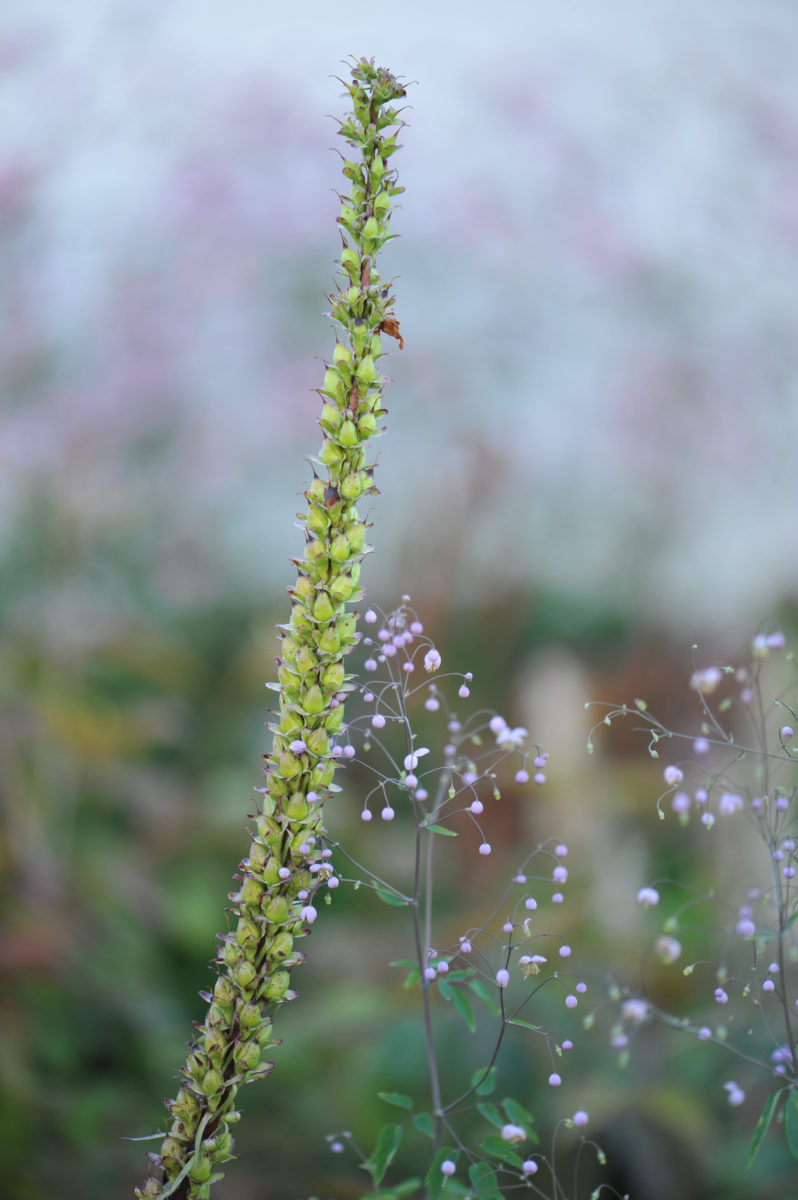
Over summer, they will dry out and open and disperse thousands – sometimes millions- of tiny little seeds which will drop below the plant and be dispersed all over the garden (and other nearby land) by wind.
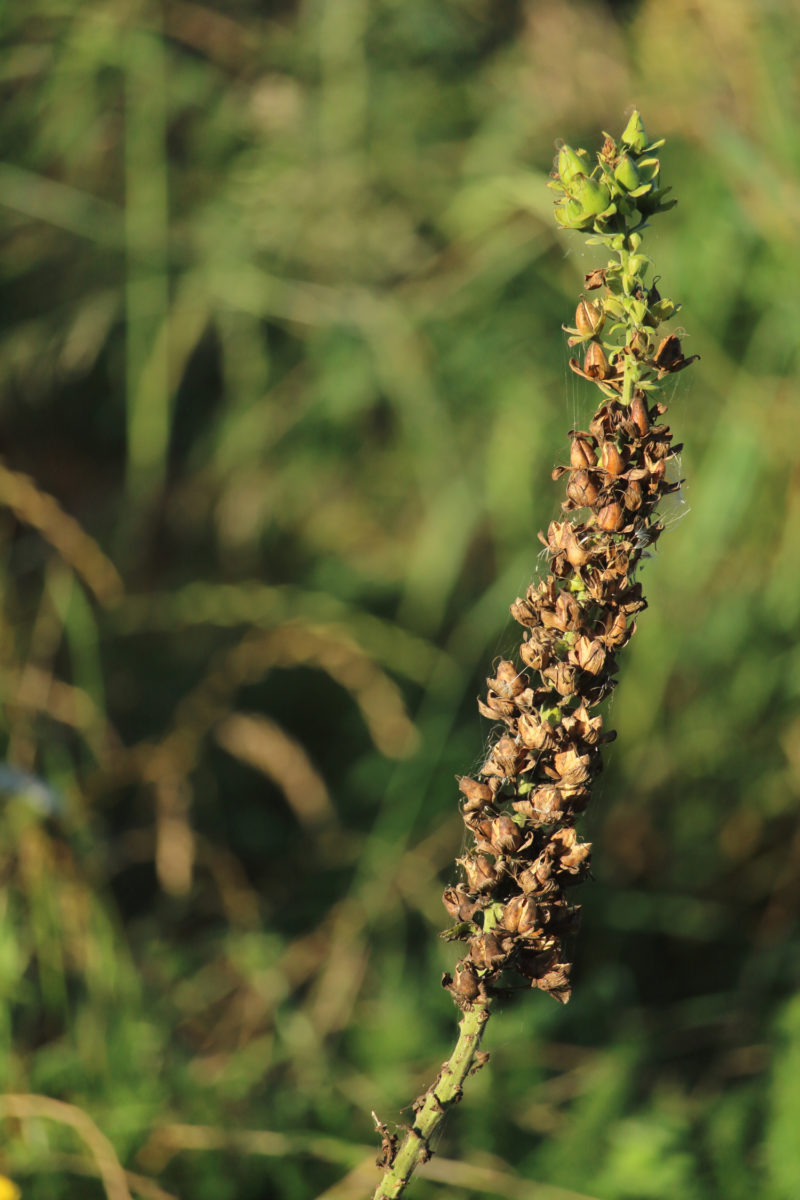
Some of these seeds will find a perfect patch of bare soil and begin to germinate, popping up in late summer or early fall. The key is knowing what these little seedlings look like so they don’t get pulled during your routine weeding.
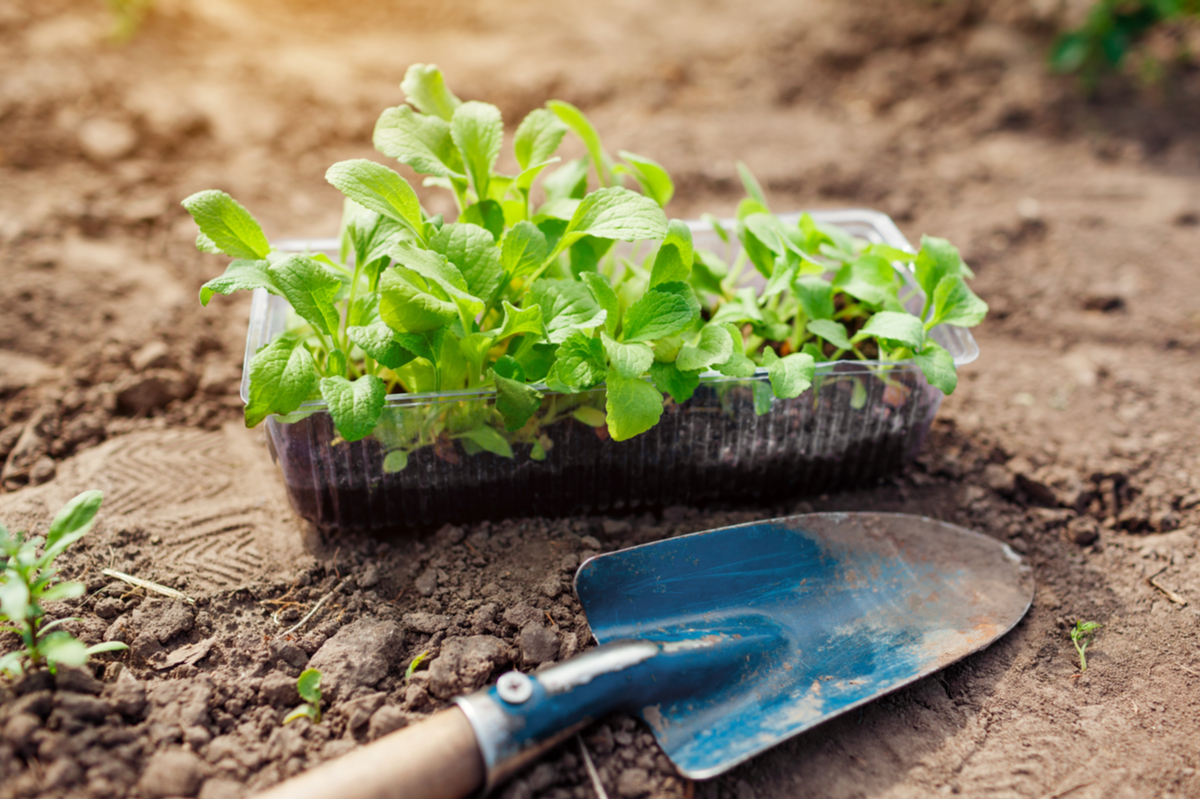
Planting Foxgloves two years in a row and letting them spread their seeds may result in a fabulous Foxglove colony.
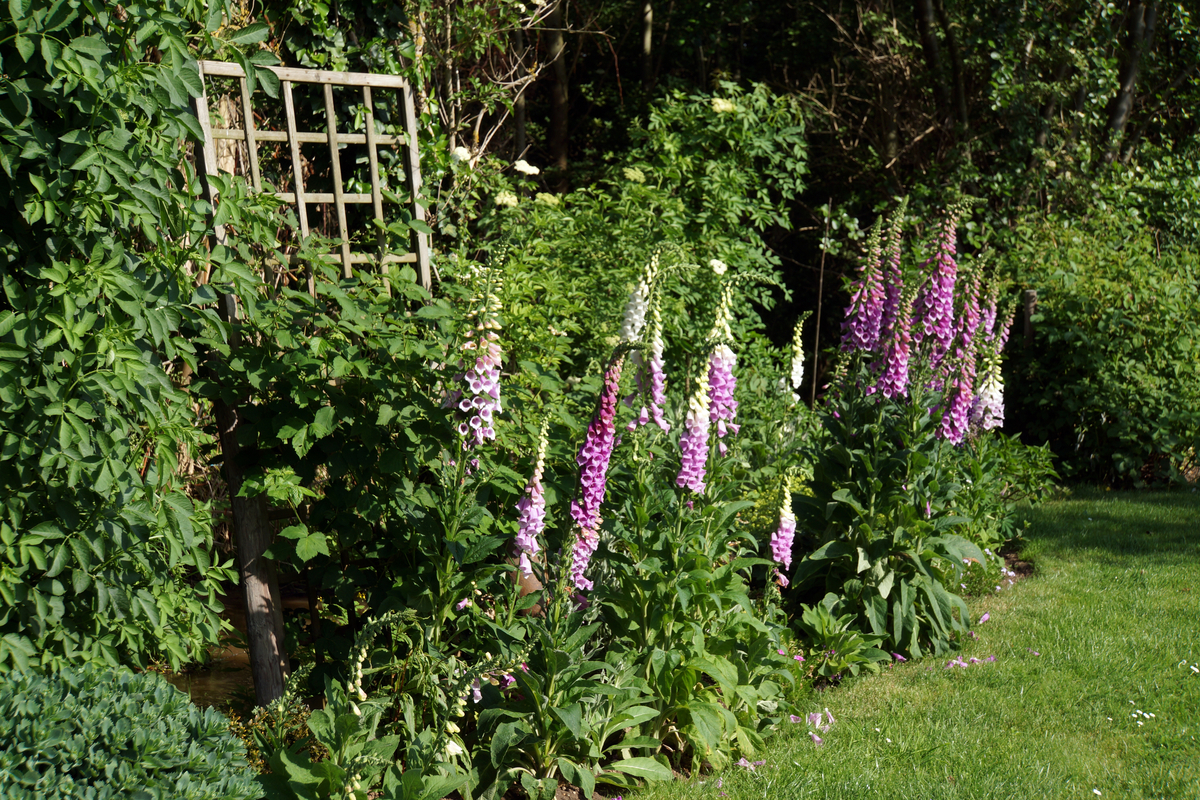
If you’d rather more control over your foxglove planting, you can save your foxglove seeds to sow where you want them – or even start indoors. Here’s a great guide to collecting foxglove seeds before they scatter all over your garden.
In general, Foxglove seeds germinate at 60° to 70° F with germination in 14 to 21 days. Sow seeds indoors 8 to 10 weeks before the last frost.
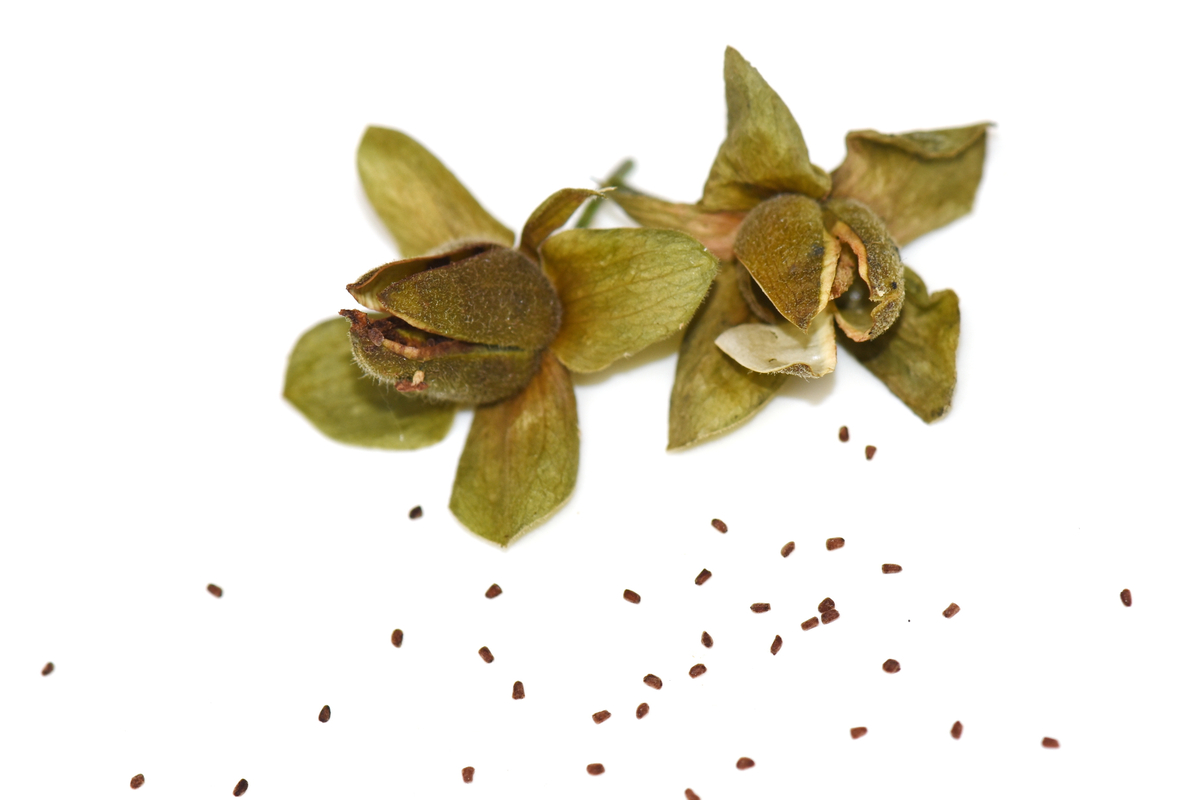
Route #2: Diligently Deadhead Foxgloves.
Diligently deadhead Foxgloves to prevent them from spreading throughout the landscape.
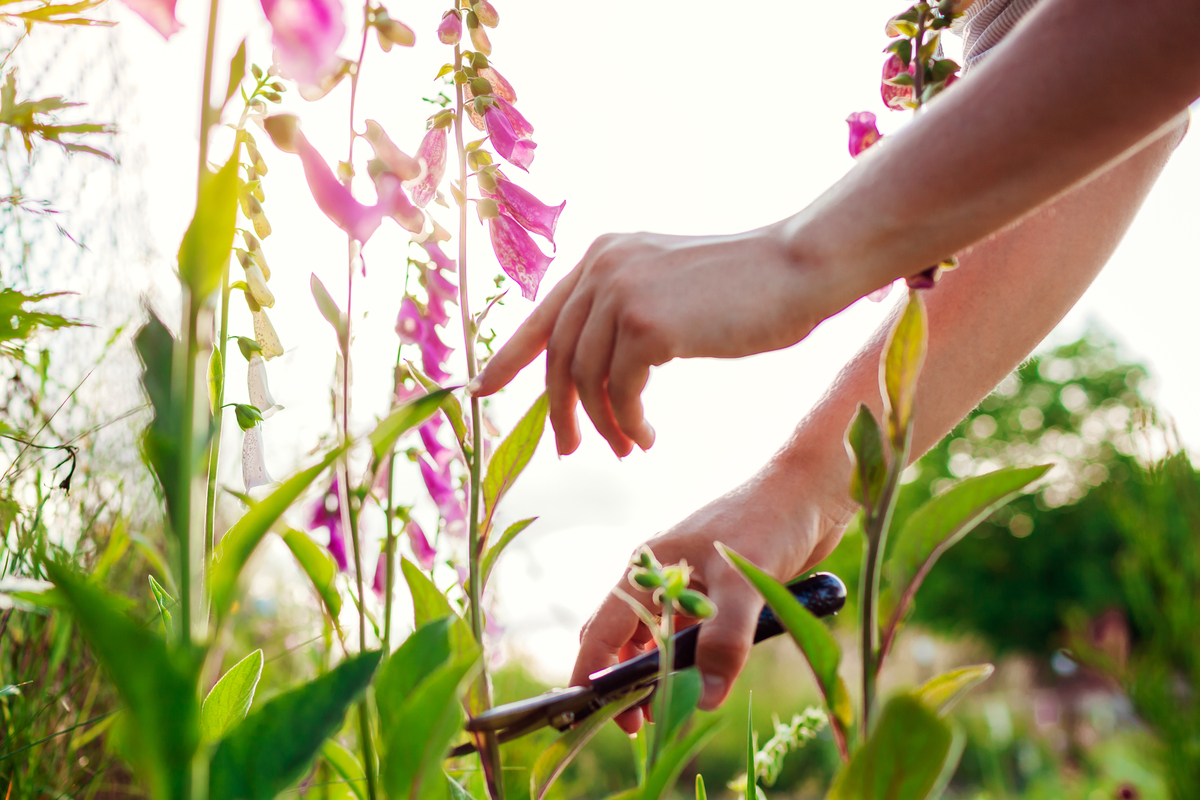
Wearing gloves (foxgloves are poisonous) remove flower spikes from the basal rosette. If there are side shoots, cut the stalk above them for the additional smaller flowers, if you like.

Deadheading Foxgloves reduces the millions of seeds your Foxglove plants make and is also a great choice to keep your garden tidy.
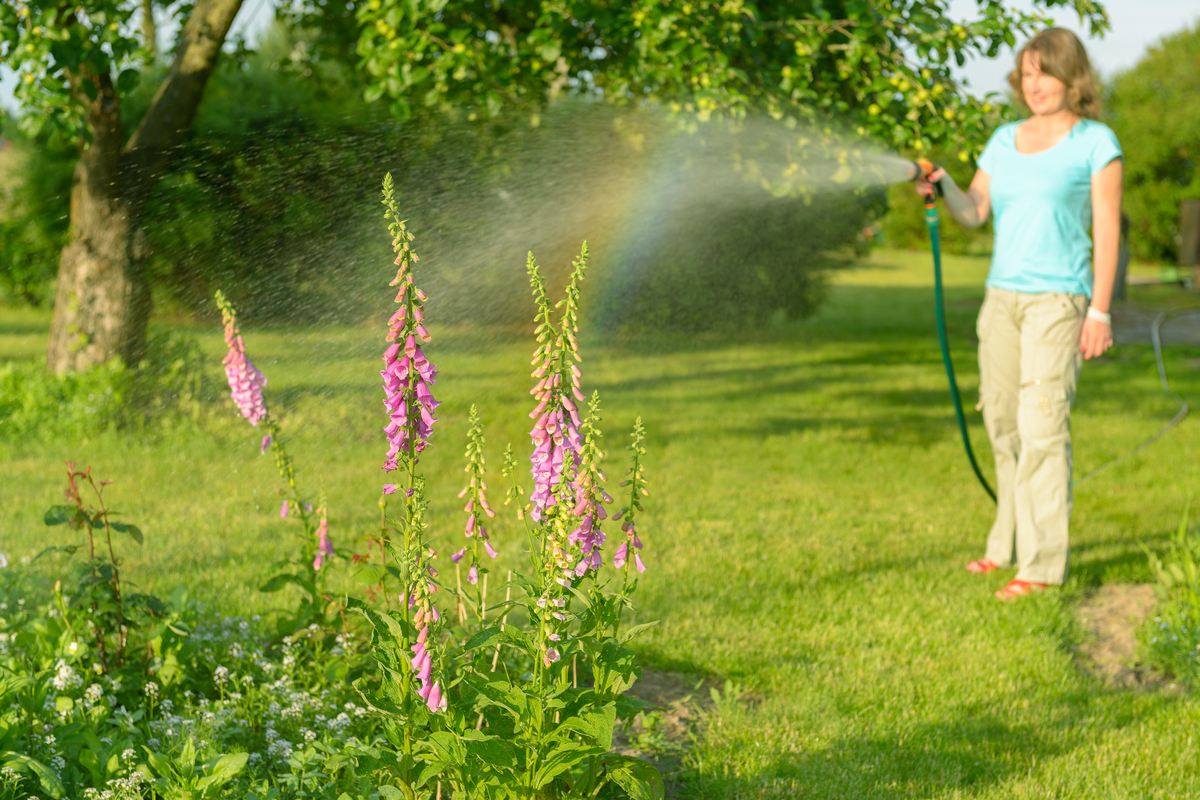
Moreover, this non-native wildflower might compete with wildflowers if it escapes your garden. This puts native plants and the wildlife that rely on them at risk.
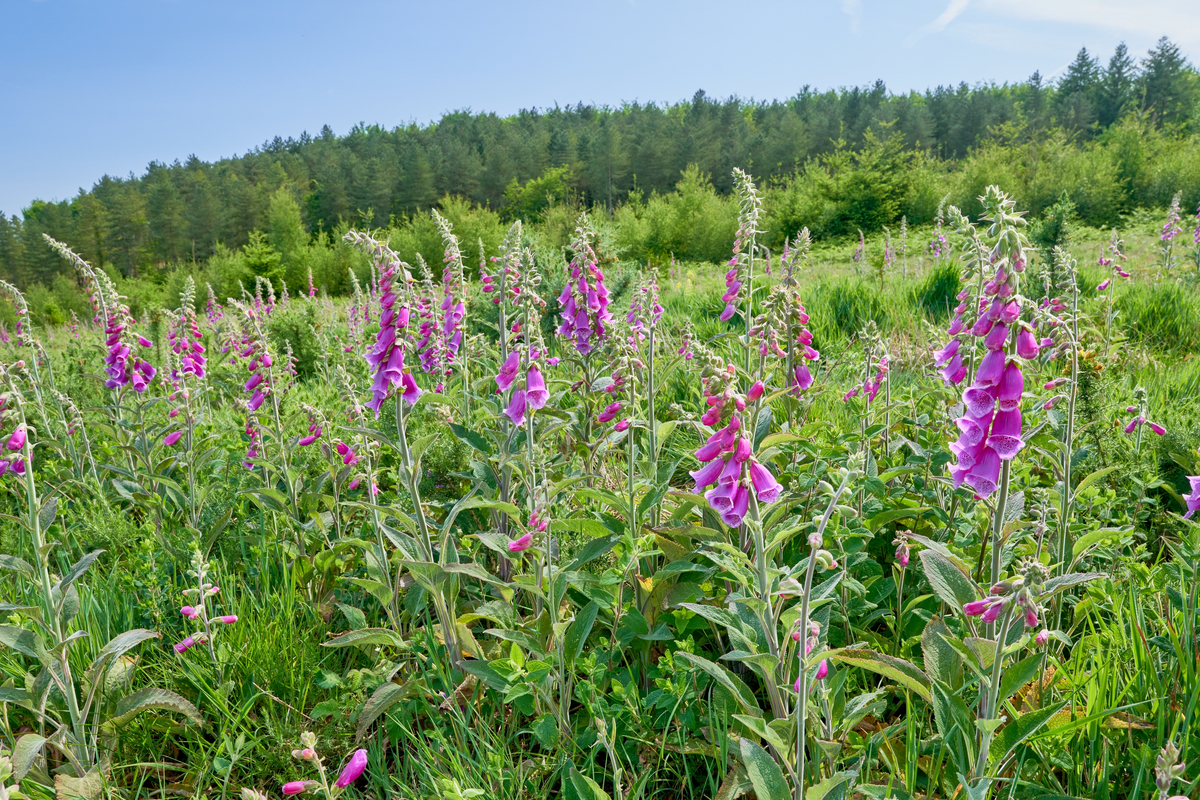
In areas where Foxgloves are invasive, deadheading is an important step to protect native plants and animals.
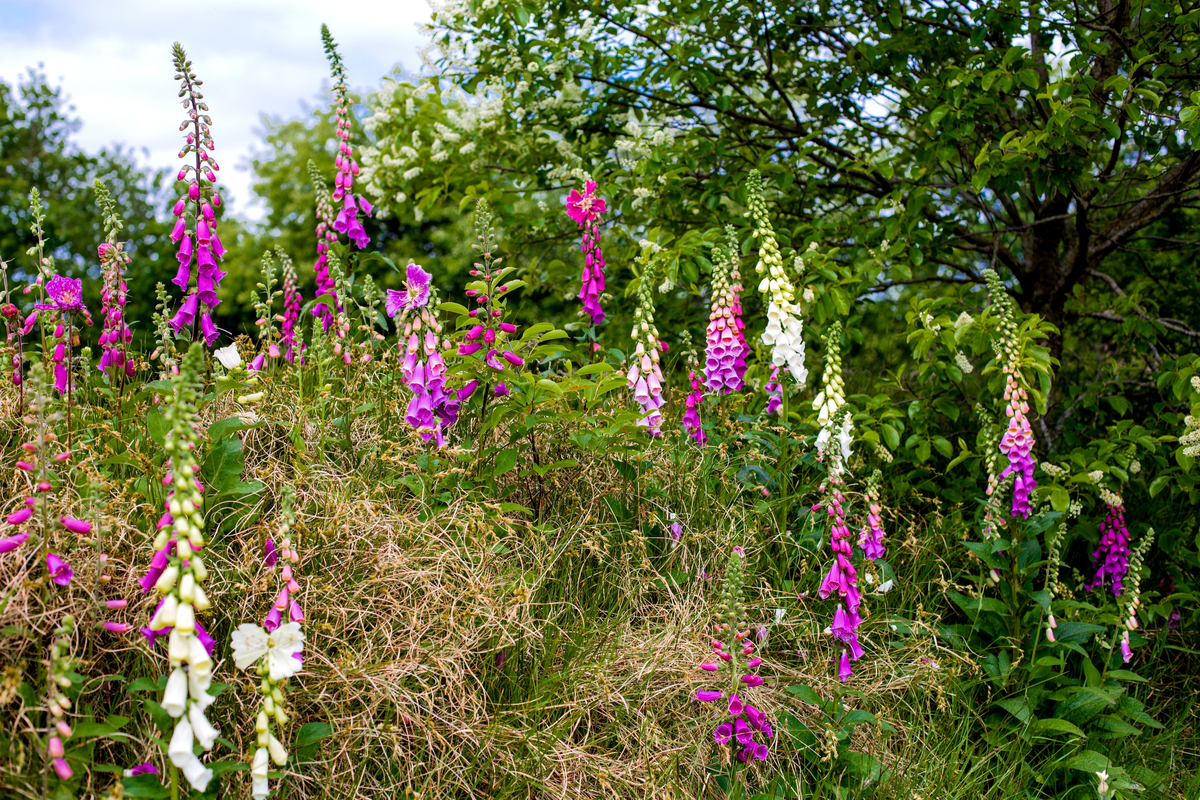
Deadheading is sometimes a great idea even if you are saving seeds. All you need to do is deadhead any lesser-quality flower stalks. The result is a healthier and more productive seed supply, with plants that also look great!
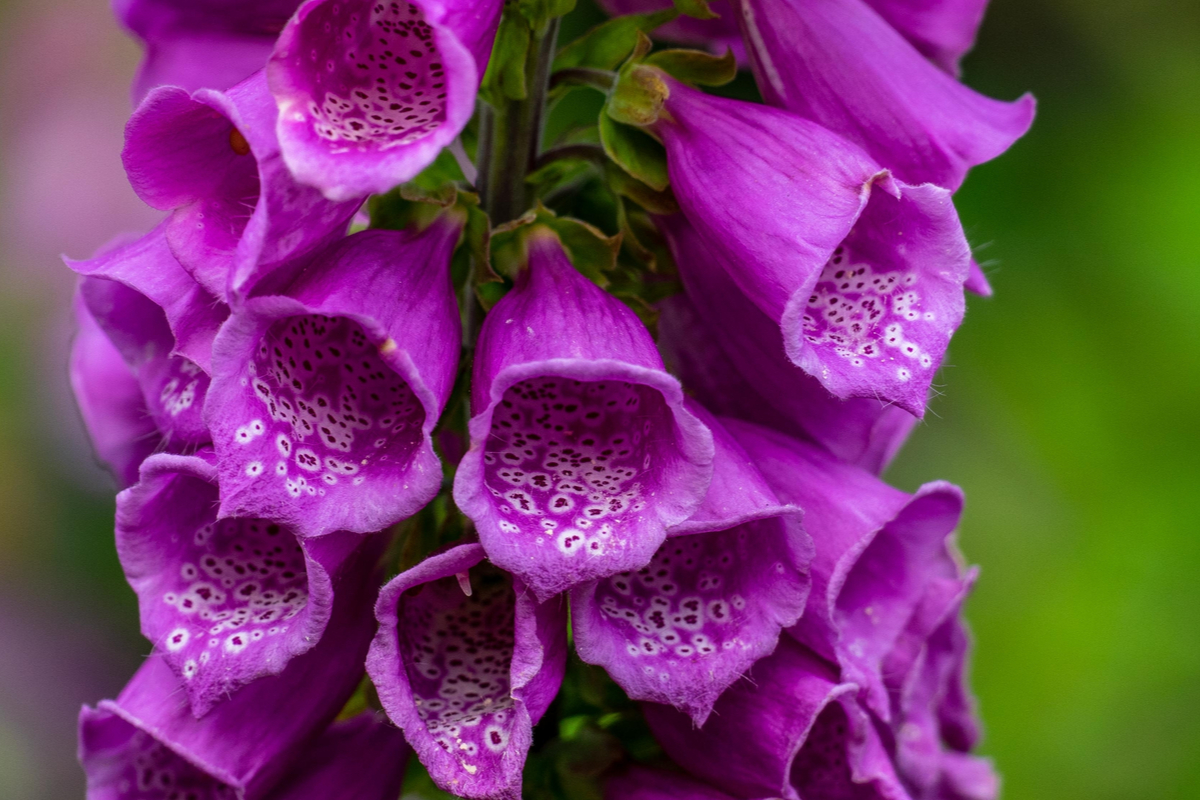
It’s best to dispose of the foxglove stalk than to compost it. The seeds will live on in the compost (unless you are hot composting) and when you spread it around your garden, you will also be spreading the foxglove seeds.
With spotted, speckled, and dazzling flowers through late spring and early summer, it is wonderful to know what to do with Foxgloves after flowering.
